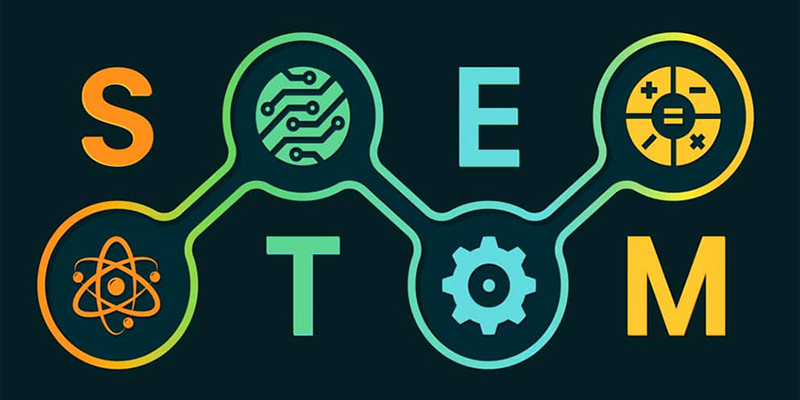Science, Technology, Engineering, and Mathematics (STEM) fields are the cornerstone of innovation and progress. Yet, Ugandan schools continue to face a challenge: underrepresentation of students in STEM subjects. This article explores the reasons behind this gap and suggests strategies to encourage more Ugandan students to embrace STEM education.
Understanding the Reasons for Underrepresentation
Several factors contribute to the underrepresentation of Ugandan students in STEM fields. Here are some key reasons:
- Lack of Awareness: Many students might not be aware of the exciting career opportunities available in STEM fields. They might have limited exposure to STEM professions or might not understand how STEM knowledge applies to real-world problems.
- Teacher Training and Resources: While Ugandan teachers are dedicated, some might lack the specialized training or resources to make STEM subjects engaging and accessible. This can lead to a fear of these subjects among students.
- Gender Stereotypes: Traditionally, STEM fields have been perceived as masculine domains. This discourages many Ugandan girls from pursuing these subjects, limiting their potential and career options.
- Emphasis on Rote Learning: A rigid curriculum focused on rote memorization can make STEM subjects seem dry and uninspiring. Students might struggle to see the connection between memorizing formulas and real-world applications.
Strategies to Spark a STEM Revolution in Uganda
Despite these challenges, there’s a bright light at the end of the tunnel. Here are some strategies to break the stigma and encourage more Ugandan students to pursue STEM fields:
- Expose Students to STEM Role Models: Showcase successful Ugandan scientists, engineers, mathematicians, and technologists. Organize events where students can interact with these role models and learn about their career paths. This can shatter stereotypes and inspire students to see themselves in these fields.
- Make STEM Education Engaging and Fun: Integrate hands-on activities, experiments, and project-based learning into the curriculum. This approach ignites curiosity, fosters problem-solving skills, and makes learning STEM subjects enjoyable.
- Incorporate Local Context: Connect STEM education to Ugandan challenges and opportunities. For example, explore how mathematics can be used to improve agricultural yields or how engineering principles can be applied to design sustainable water systems. This makes STEM relevant to students’ lives and showcases its practical applications.
- Bridge the Gender Gap: Actively encourage girls to participate in STEM activities and clubs. Provide female mentors and role models who can inspire young girls to pursue STEM education and careers.
- Invest in Teacher Training and Resources: Equip teachers with the skills and resources to deliver engaging and effective STEM lessons. This might involve professional development programs, workshops, and access to technology and lab equipment.
Building a Brighter Future with STEM
By implementing these strategies, Ugandan schools can create a more inclusive and engaging learning environment for STEM subjects. This will nurture a generation of curious, innovative Ugandan scientists, engineers, and mathematicians who can solve critical challenges, drive economic growth, and propel Uganda towards a brighter, tech-driven future.
Together, let’s break the stigma surrounding STEM fields and empower Ugandan students to embrace the exciting world of science, technology, engineering, and mathematics.
